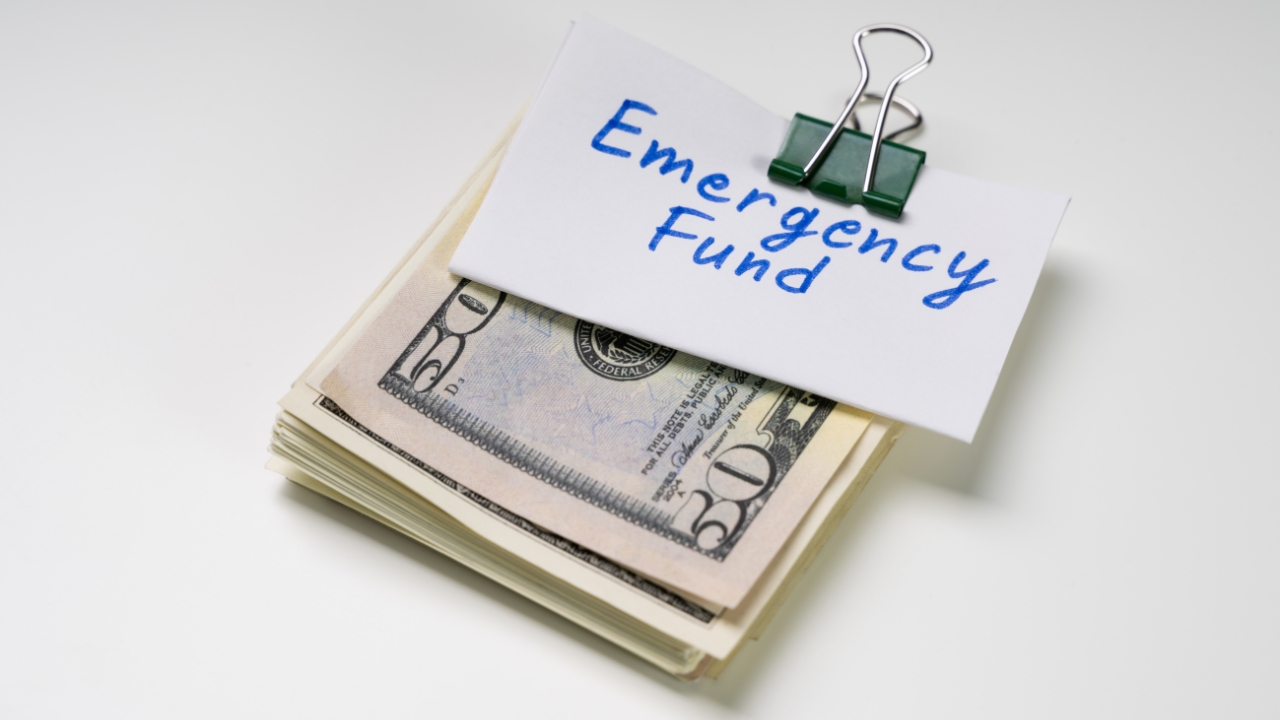
5 Steps To Building An Emergency Fund
Having some extra funds available for emergencies is an essential component of your overall financial well-being, with enough cash to cover three to six months of expenses being a common recommendation. For many people, though, that can add up to an intimidating number — and can discourage even the best-intentioned saver.
Set several smaller savings goals, rather than one large one
Set yourself up for success from the start. Rather than shooting for three months’ worth of expenses right away, shoot for one month. Or two weeks. Whatever it takes to make your first goal seem doable.
Reaching that first goal can give you the motivation to keep going. Set your second goal higher — and the third even higher. By then, saving will have become a habit, and the positive motivation you’re building by reaching the smaller goals will help propel you toward larger ones.
Start with small, regular contributions
Set your initial contribution level at a relatively small amount. That will ensure you don’t stress your cash flow, making it too easy for you to rationalize abandoning your savings routine.
Find something in your life you can live without, or with less — trim back the monthly coffee habit a bit. Pass on that new pair of shoes or one big night out.
Choose that amount — whether it’s $5 or $100 — and commit to saving it at regular intervals: per month, per week, or per paycheck. The key is that it needs to become a habit, not a recurring struggle.
Automate your savings
Out of sight, out of mind: the easiest way to save money is never to touch it in the first place. Most employers provide direct deposit, and some will even deposit to more than one account.
Set up a separate account just for your emergency fund and have your chosen contribution amount deposited automatically, either by your employer or your bank.
Use a savings or other type of account that you can’t access easily, unlike a checking account. Chances are you won’t miss it. And don’t watch the account balance continually — that will only make growth seem smaller and slower. Forget about it and let time do its thing.
Don’t increase monthly spending or open new credit cards
Once saving has become automatic, don’t be lulled into a false sense of financial security and let spending creep up again. For example, if you give up a new pair of shoes every month only to replace them a couple of months later with a new monthly shopping habit, you’re not saving at all!
If you still have an extra $50 left over each month, maybe your savings deposit amount is too low. If you don’t have an extra $50, you may be running up a credit card balance. Neither is productive. You shouldn’t stop enjoying life while you build your emergency fund, but you shouldn’t lose sight of its importance, either.
Having an adequate emergency fund is critical to your financial well-being. Be realistic but try to reach your ultimate savings goal as fast as you can. That alone might make life more enjoyable.
Do your research
By definition, an emergency fund is cash you can access quickly. That means you are most likely storing it in a low-yield account, like a savings account that is earning a fairly low interest rate. When it comes to emergency savings accounts, finding one with a competitive yield is crucial, so do your research to find an Emergency Savings account with a competitive yield, such as the Members 1st Emergency Savings.
Our Emergency Savings accounts encourage you to grow your savings by earning up to 1.00% APY* on the first $1,000 in your account. Our rates are tiered, encouraging healthy savings that add up quickly. To learn more about preparing yourself for emergency expenses and how Members 1st can help, click here.




